Senior Cats with Arthritis
Introduction
As our feline companions grow older, their needs and behaviors begin to change. Like people, cats can face age-related health issues that may diminish their quality of life. One of the most common conditions affecting senior cats is arthritis, a degenerative joint disease that causes pain, stiffness, and reduced mobility. Though it often develops gradually, cat arthritis can significantly affect your pet’s comfort and ability to enjoy everyday activities like climbing, jumping, or even using the litter box.
Unfortunately, many cat owners assume their aging pet is simply “slowing down” without realizing that joint pain may be the real culprit. Understanding the signs of arthritis in senior cats and knowing how to support them through this stage of life is crucial for their overall well-being.
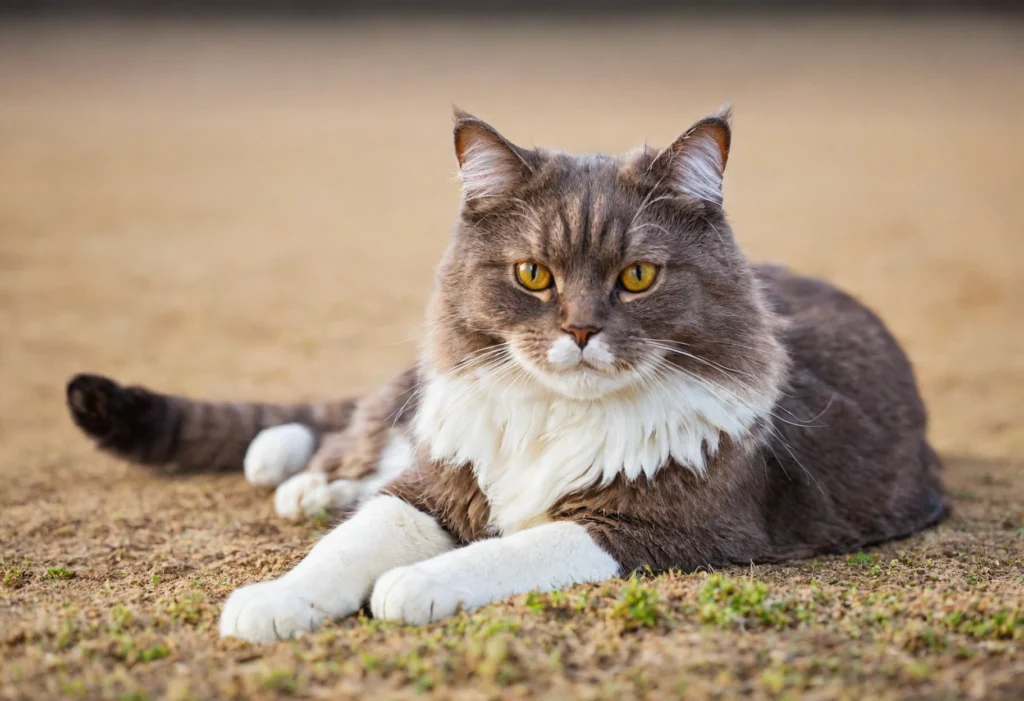
In this article, we’ll take a closer look at what causes cat arthritis, how to identify the symptoms, and what steps you can take to help your senior cat live more comfortably. From treatment options to home care tips, you’ll find practical, compassionate advice for managing arthritis in your aging feline friend.
What Is Cat Arthritis and Why Does It Affect Senior Cats
As cats grow older, their bodies start to exhibit signs of aging, much like those of humans. One of the most common yet often overlooked conditions in senior cats is arthritis. Known medically as osteoarthritis or degenerative joint disease, cat arthritis occurs when the cartilage that cushions the joints wears down over time, causing inflammation, pain, and reduced mobility.
Understanding Arthritis in Senior Cats
Senior cats, typically those aged 10 years and older, are more vulnerable to arthritis due to years of joint use and the natural aging process. As the cartilage breaks down, bones begin to rub against each other, leading to discomfort that can affect a cat’s ability to move, groom, or play.
Why Aging Contributes to Joint Degeneration
With age, the body’s ability to repair joint tissue declines. Decreased production of synovial fluid, essential for smooth joint movement, also makes it harder for joints to function normally. Over time, this leads to stiffness and pain that worsen without proper care.
Recognizing the impact of cat arthritis on senior cats is the first step in helping your pet live a more comfortable and mobile life during their golden years.
Symptoms of Arthritis in Senior Cats
Arthritis in cats is a progressive condition, with symptoms that often develop gradually and may go unnoticed until the discomfort becomes more pronounced. As a result, many owners mistakenly assume their senior cats are simply slowing down with age. Recognizing the subtle signs early on can make a significant difference in your cat’s comfort and quality of life.
Physical Signs of Cat Arthritis
The most noticeable physical symptom is a change in mobility. Cats with arthritis may become reluctant to jump onto furniture, climb stairs, or even walk long distances. You may notice your cat limping, especially after waking up from a nap. Some senior cats may walk stiffly or take longer to get moving after rest.
Look for these common physical indicators:
- Limping or favoring one leg
- Stiff movements after sleep
- Difficulty jumping or climbing
- Muscle loss in the hind limbs
- Swollen or sensitive joints
These signs often become more apparent after physical activity or during cold weather, which can worsen joint stiffness.
Behavioral Changes in Senior Cats with Arthritis
Aside from physical symptoms, arthritis can also affect your cat’s behavior. Pain and discomfort may cause senior cats to hide more frequently, avoid interaction, or display irritability when touched. You might notice them becoming less active, no longer engaging in play, or sleeping more than usual.
Key behavioral changes to watch for include:
- Increased isolation or hiding
- Decreased grooming, leading to a messy coat
- Difficulty or reluctance to use the litter box
- Growling or hissing when picked up
- Loss of interest in toys or affection
In some cases, cats with arthritis stop grooming hard-to-reach areas like their back or hind legs, resulting in matted fur or poor hygiene. Some cats may have difficulty getting comfortable in the litter box, which can result in accidents outside of it.
Subtle Clues That Shouldn’t Be Ignored
It’s easy to overlook the signs of cat arthritis, especially since cats are naturally stoic animals that mask pain well. That’s why it’s important to be attentive to small changes in daily habits and movement.
If you observe any of these symptoms in your senior cats, schedule a veterinary check-up. Early diagnosis can lead to better management and a more comfortable life for your feline companion.
Diagnosing Cat Arthritis
Noticing symptoms at home is just the beginning. A proper diagnosis from a veterinarian is essential for confirming cat arthritis and developing an effective treatment plan. Because senior cats tend to hide their pain, a professional evaluation helps ensure that no issues are missed.
Veterinary Examination for Senior Cats
When you bring your senior cat to the vet with suspected arthritis, the veterinarian will start by reviewing your observations. They’ll ask about behavioral changes, mobility issues, and any incidents that might have triggered joint problems. This discussion helps narrow down the diagnosis and rules out other age-related conditions.
The vet will also perform a hands-on physical exam. This includes gently manipulating your cat’s limbs to check for stiffness, swelling, and signs of pain. In senior cats, limited range of motion or resistance when touching specific joints often indicates arthritis.
Diagnostic Tools Used to Confirm Cat Arthritis
While a physical exam is informative, imaging and lab tests provide a clearer picture of joint health. The most common diagnostic tools include:
- X-rays: These can reveal narrowing of joint spaces, bone spurs, and degenerative changes common in cat arthritis.
- Ultrasound: Occasionally used to assess the soft tissues surrounding the joints.
- CT scans or MRIs: These are less common but offer highly detailed views if a deeper assessment is needed.
- Blood tests: Often used to rule out infections or systemic diseases that can mimic arthritis symptoms.
Although not every case requires advanced imaging, these tools can help determine the severity of arthritis and identify affected joints.
Why Early Diagnosis Matters for Senior Cats
Early detection of cat arthritis gives your pet the best chance at maintaining mobility and minimizing pain. When diagnosed in the early stages, arthritis can often be managed with lifestyle changes, supplements, and mild medications. Waiting too long can lead to advanced joint damage, making treatment more difficult and less effective.
Regular wellness checks for senior cats are key to catching arthritis and other age-related issues before they progress. If you notice even subtle changes in behavior or movement, don’t wait; your veterinarian can help confirm the diagnosis and guide you toward the best care options.
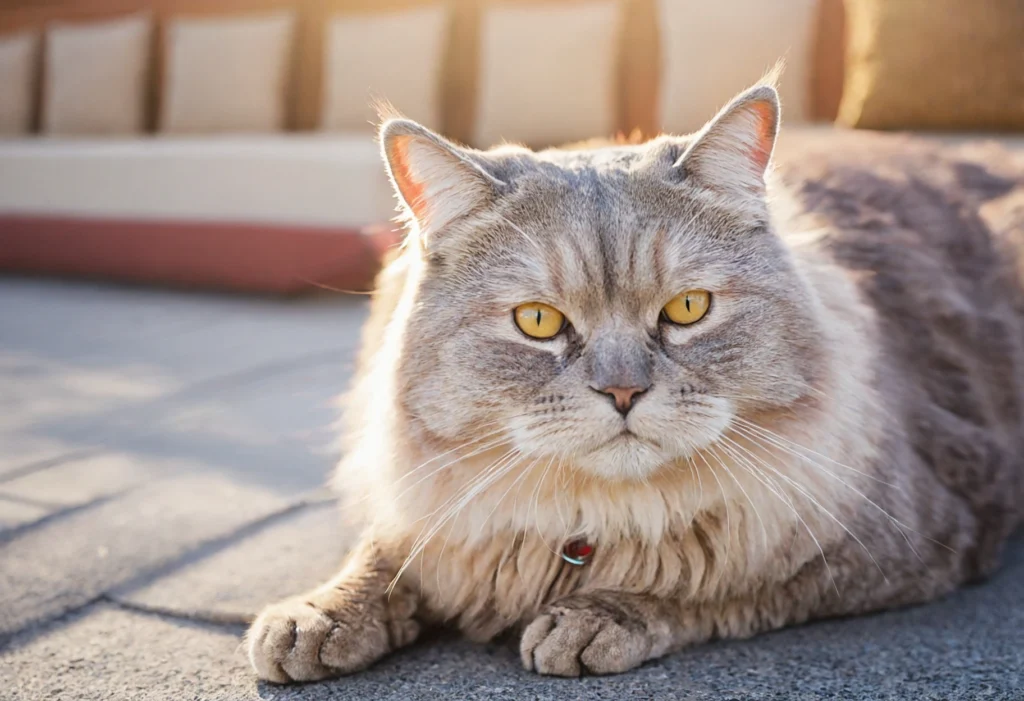
Treatment Options for Senior Cats with Arthritis
Once cat arthritis is diagnosed, the goal shifts to managing pain, improving mobility, and enhancing your cat’s overall comfort. While arthritis isn’t curable, a combination of medical treatment, nutritional support, and lifestyle adjustments can make a meaningful difference for senior cats.
Veterinary Medications for Arthritis Relief
Your veterinarian may recommend prescription medications to reduce pain and inflammation. The most commonly used medications include:
- NSAIDs (Non-Steroidal Anti-Inflammatory Drugs): These help control inflammation and pain, but must be used under veterinary supervision due to potential side effects in cats.
- Gabapentin: Commonly prescribed for nerve-related pain and typically well-tolerated by older cats.
- Corticosteroids: Occasionally used for more severe inflammation, though long-term use can have drawbacks.
Always consult your vet before giving any medications. Medications formulated for humans, such as ibuprofen or acetaminophen, are poisonous to cats and must never be administered to them.
Joint Supplements for Long-Term Support
Supplements can play a vital role in supporting joint health and reducing the progression of cat arthritis. Many of these are safe for long-term use and can be combined with other treatments. Look for:
- Glucosamine and Chondroitin: Aid in protecting and repairing joint cartilage.
- Omega-3 Fatty Acids: Help decrease inflammation and promote healthy joint function.
- Green-lipped Mussel: A natural anti-inflammatory derived from shellfish.
Supplements may take several weeks to show results, so consistency is key.
Alternative Therapies and Gentle Exercise
Some senior cats benefit from alternative therapies that promote mobility and reduce discomfort:
- Acupuncture: Can stimulate circulation and relieve joint pain.
- Laser Therapy: Promotes healing and reduces inflammation in affected areas.
- Physical Therapy: Mild exercises are designed to enhance flexibility and strengthen muscles.
Simple home activities like encouraging your cat to stretch or climb onto low platforms can help maintain mobility without straining the joints.
Customized Treatment Plans for Every Cat
There’s no one-size-fits-all approach to managing cat arthritis. The ideal treatment plan depends on your cat’s age, weight, overall health, and the severity of their condition. Your veterinarian will help tailor a comprehensive care strategy to meet your cat’s specific needs and ensure they stay active and comfortable in their golden years.
Home Care Tips for Managing Arthritis in Senior Cats
While veterinary care and medication are important, much of the day-to-day support for senior cats with cat arthritis happens at home. Small changes to your cat’s environment and daily routine can greatly enhance their comfort and overall quality of life.
Create an Arthritis-Friendly Living Space
Cats with arthritis often struggle with climbing, jumping, and reaching elevated surfaces. Rearranging your home can reduce joint strain and prevent injury.
- Provide Ramps and Steps: Add pet steps or ramps to help your cat reach favorite spots like the couch or bed without jumping.
- Lower Litter Boxes: Choose a litter box with low sides so your senior cat can enter and exit easily.
- Soft Bedding: Place orthopedic or memory foam bedding in warm, draft-free areas to cushion sore joints and encourage restful sleep.
Position essentials, food, water, litter box, and beds on the same floor to minimize unnecessary movement.
Maintain a Comfortable Climate
Chilly weather can intensify the stiffness linked to arthritis in cats. Keep your home warm, especially during winter months, and consider heated pet beds or pads to help soothe aching joints.
Make sure your cat’s favorite resting areas are kept away from cold tile floors or drafty windows.
Encourage Gentle, Consistent Activity
While rest is important, senior cats with arthritis still benefit from gentle activity to prevent joint stiffness and muscle loss.
- Interactive Toys: Use toys that don’t require jumping or running, like wand toys or treat puzzles, to keep your cat engaged.
- Short Play Sessions: Aim for several short, low-impact playtimes each day.
- Monitor Weight: Extra pounds add stress to joints affected by arthritis. Work with your vet to manage a healthy diet and portion control.
Regular Grooming and Handling
Cat arthritis can make it difficult for older cats to groom themselves properly. Brush your cat regularly to help maintain a clean, tangle-free coat and monitor for mats in hard-to-reach areas. Be gentle during grooming, especially around sore joints.
Keeping your senior cat’s nails trimmed also helps prevent slips and discomfort when walking on hard surfaces.
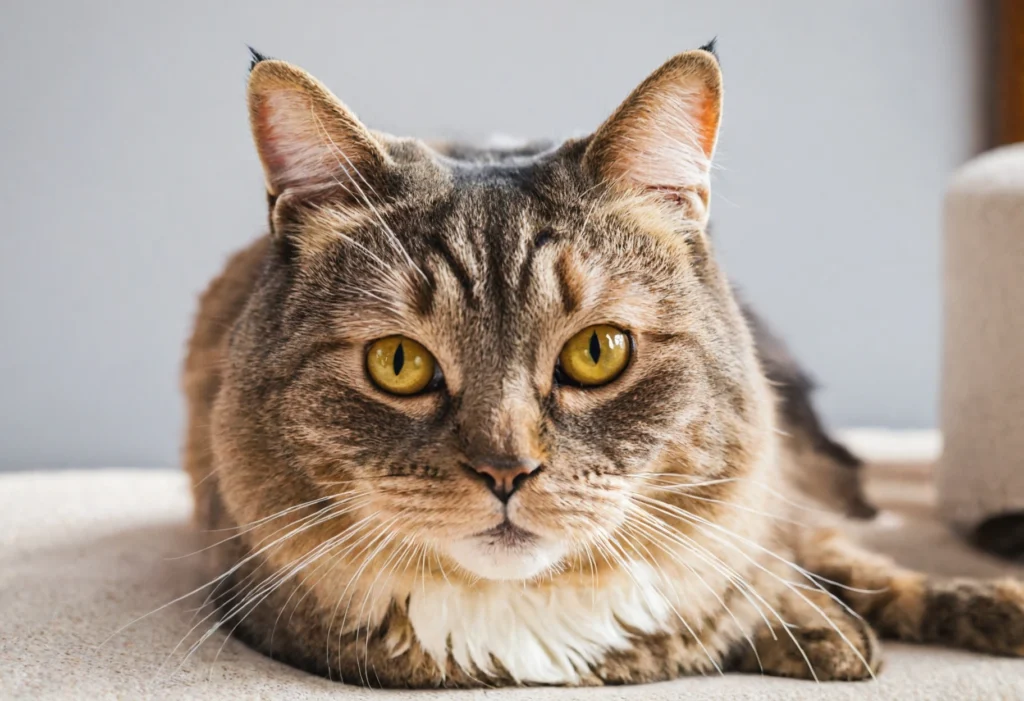
Preventing Arthritis Progression in Senior Cats
While arthritis can’t be reversed, proactive care can slow its progression and help senior cats enjoy a more comfortable and active life. Prevention focuses on maintaining joint health, supporting overall wellness, and minimizing stress on aging bodies.
Maintain a Healthy Weight
Excess body weight puts additional strain on the joints, accelerating the wear and tear that leads to arthritis in cats. Obesity is one of the leading contributors to joint degeneration in senior cats.
- Balanced Diet: Feed a high-quality, age-appropriate diet that supports joint health and muscle maintenance.
- Portion Control: Prevent overfeeding and limit the number of treats given.
- Routine Weigh-Ins: Monitor your cat’s weight regularly and make adjustments as needed with your vet’s guidance.
Keeping your cat at a healthy weight reduces joint stress and delays the onset or worsening of arthritis symptoms.
Encourage Safe Physical Activity
While senior cats might not be as playful as they used to be, consistent low-impact exercise is crucial for maintaining joint flexibility and muscle strength.
- Interactive Play: Use soft toys or laser pointers to engage your cat in movement without overexertion.
- Climbing Alternatives: Replace tall cat trees with ramps or platforms that don’t require jumping.
Gentle exercise promotes circulation, maintains joint function, and supports emotional well-being.
Provide Joint Support Supplements Early
Even before obvious symptoms of cat arthritis appear, it’s beneficial to start joint supplements in middle-aged or early senior cats.
- Glucosamine & Chondroitin: Aid in preserving cartilage health and keeping joints well-lubricated.
- Omega-3 Fatty Acids: Provide anti-inflammatory benefits and support overall mobility.
Starting supplements early can help delay the onset and reduce the severity of arthritis in aging cats.
Schedule Regular Vet Visits
Preventive veterinary care is crucial in catching early signs of arthritis or related issues. Routine check-ups help ensure your senior cat receives timely care.
- Annual or Biannual Exams: More frequent visits are recommended for older cats.
- Early Intervention: Prompt action can preserve mobility and delay further deterioration.
With attentive care, senior cats can live more active and pain-free lives despite the risk of cat arthritis. Prevention starts with awareness and consistency in maintaining your feline companion’s health.
Conclusion: Supporting Senior Cats with Arthritis
Caring for senior cats with cat arthritis requires patience, attentiveness, and a proactive approach. While arthritis is a common condition in older felines, it doesn’t have to mean a life of pain or discomfort. With early detection, proper veterinary care, and thoughtful home modifications, you can significantly improve your cat’s quality of life.
From subtle behavioral changes to physical symptoms, paying close attention to your aging cat’s habits is the first step. Once diagnosed, combining medical treatments, joint supplements, and gentle activity can help manage discomfort and keep your cat mobile. Creating an arthritis-friendly environment at home, complete with soft bedding, ramps, and warmth, further supports your cat’s daily comfort.
Preventive care also plays a key role. By maintaining a healthy weight, encouraging low-impact movement, and scheduling regular vet visits, you can slow the progression of arthritis and help your cat age gracefully.
Every cat deserves a happy, comfortable senior life. By understanding the signs of cat arthritis and acting early, you give your beloved companion the best chance at continued comfort and companionship for years to come.
FAQs About Senior Cats with Arthritis
1. How can I tell if my senior cat has arthritis?
Cats are experts at hiding pain, but some signs may include moving more slowly, hesitating to jump, stiffness after naps, or avoiding activities they once enjoyed. These subtle signs may suggest arthritis in cats, particularly in older ones.
2. Is arthritis common in older cats?
Yes, cat arthritis is quite common in aging felines. As joints naturally wear down over time, many senior cats begin to experience joint pain and reduced mobility. Detecting it early can greatly enhance the chances of successful treatment.
3. How can I help care for a cat with arthritis at home?
Simple changes like adding ramps to favorite spots, using low-entry litter boxes, and offering soft, warm bedding can ease your senior cat’s daily life. Making these home adjustments helps lessen strain on painful joints and enhances comfort.
4. Do all senior cats need arthritis medication?
Not always. Some senior cats respond well to joint supplements, weight management, and lifestyle changes. However, if pain is affecting quality of life, your vet may recommend medications tailored to your cat’s needs.
5. Can I prevent arthritis in my cat as they age?
While you can’t completely prevent cat arthritis, maintaining a healthy weight, encouraging gentle activity, and using joint-supportive supplements early in life may delay its onset. Preventive care helps keep senior cats active for longer.

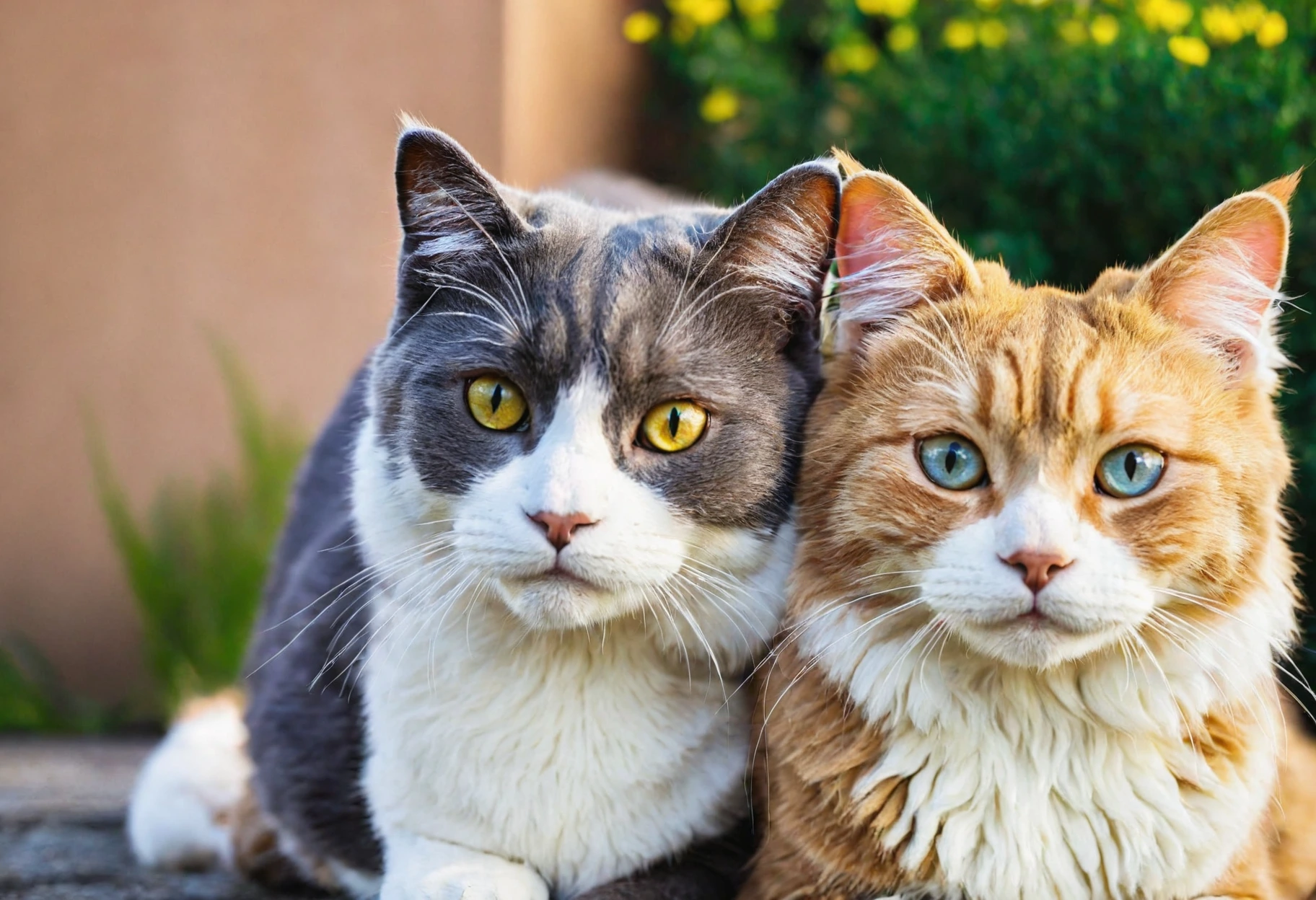



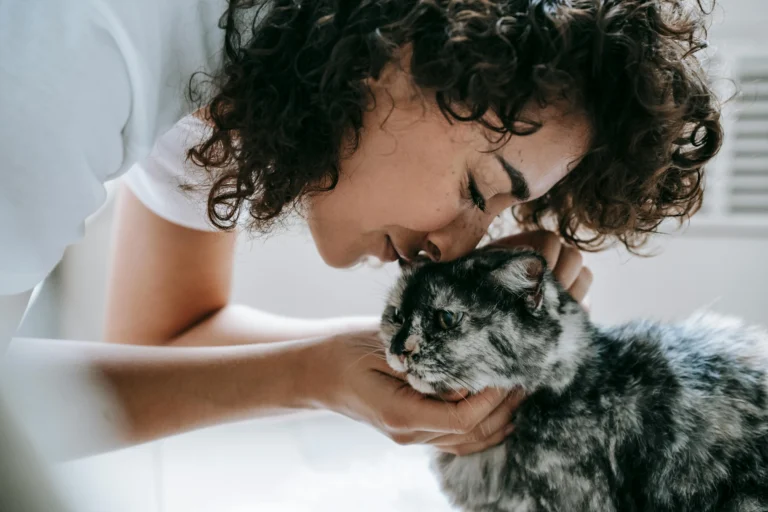


One Comment